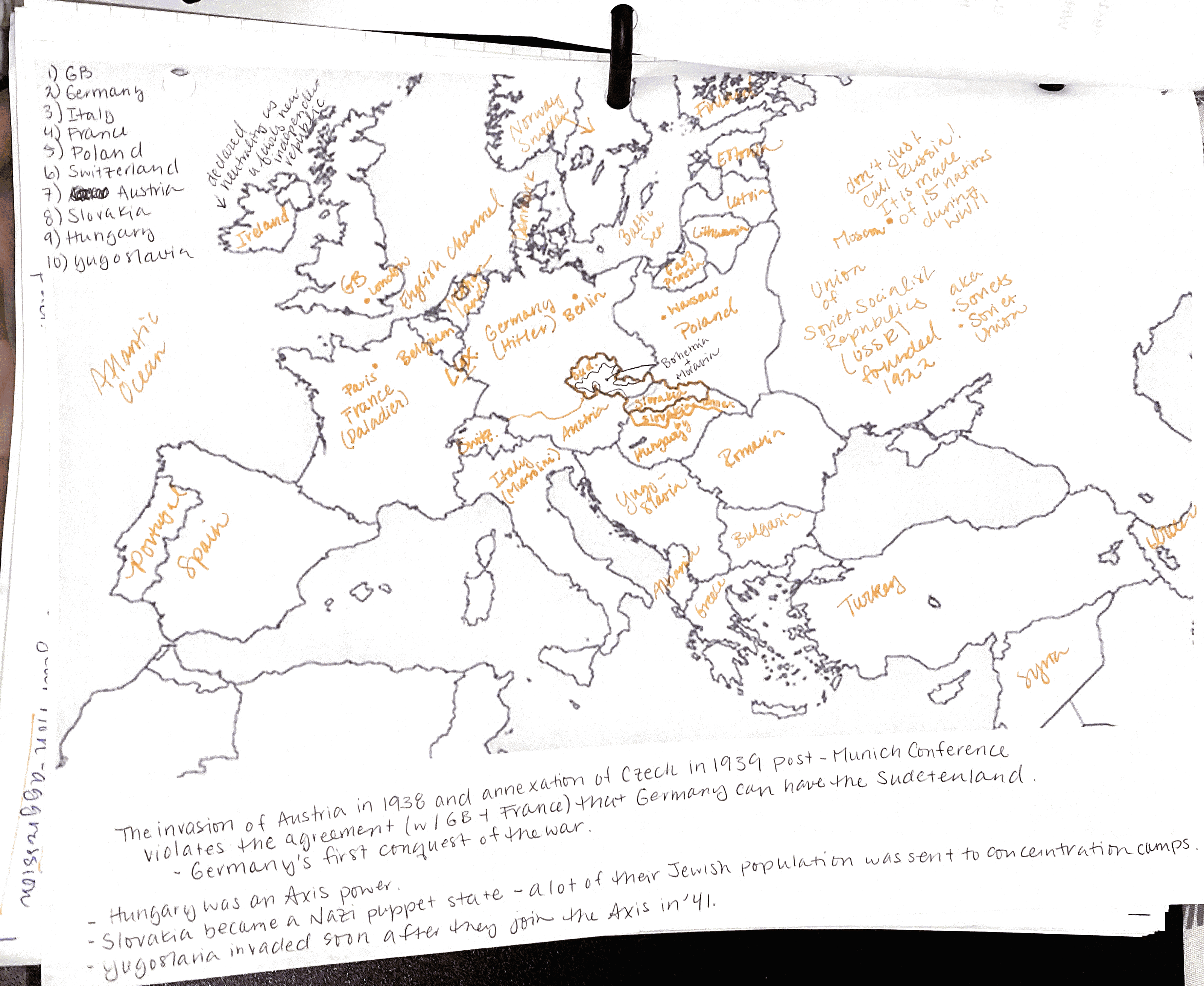Standard #3: Learning Environments
The teacher works with others to create environments that support individual and collaborative learning, and that encourage positive social interaction, active engagement in learning, and self motivation.
Teachers, students, families, and colleagues work collaboratively to establish a positive and respectful learning environment. The teacher guides students through engaging with peers in an appropriate manner during discussion and group work, as well as on a global level via technology. The teacher takes students’ feedback into account when establishing the classroom organizational structure to ensure expectations are met and productivity is enhanced. This promotes a sense of self-motivation and a willingness to cooperate with others.
A teacher can implement this standard by setting up a classroom routine with clear expectations about respectful communication and time management. Especially as a history or government teacher, appropriate discourse during group work must be maintained. It serves as the basis of teaching civic duties to young people. In addition, a cooperative and productive attitude enriches student life inside and outside the classroom.
Classroom rules and expectations for history or political science class should emphasize appropriate discussion and respect for differing opinions. In the seventh-grade class, we needed to work on staying together and listening to lectures rather than getting anxious about completing notes perfectly. We established new rules about listening, reading, asking questions, and completing notes to ensure our peers enjoy an environment that supports their learning rather than disrupts it.

I modeled appropriate language use when teaching seventh graders about unfamiliar peoples affected by World War II such as Slavs, Poles, and people of the Jehovah’s Witness faith. The very first guided activity I practiced with them was completing a map of post-WWI Europe on the SmartBoard as a class. I was so surprised that they identified nearly all the nations and bodies of water. Some could even point out to me why certain places would become strategic objectives during the war!
We practiced encouraging our peers to try again if they at first labelled a country incorrectly. Modeling appropriate language use was not only vital for supporting the learning environment, but also content acquisition. For example, they completely avoided referring to the people of the Soviet Union as “Russians” throughout the unit (since Russia was just one of the 15 nations that composed the union at that time).

Every class period should begin with students entering the class quietly and completing the focus activity on the board. Bellringers are a key part of the daily class routine as they help students get into the head space to interpret history, as well as help them reflect on what they do and not remember about the concepts covered in previous lessons. It is a behavior management strategy and a formative assessment for retention.
